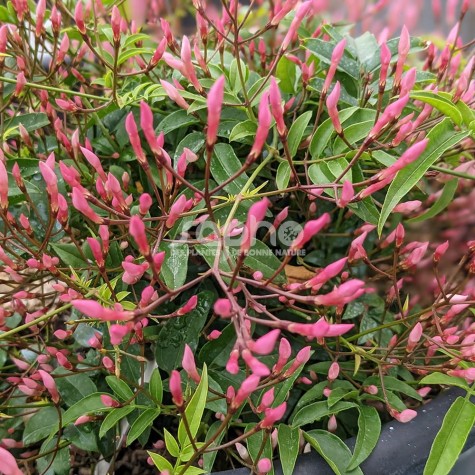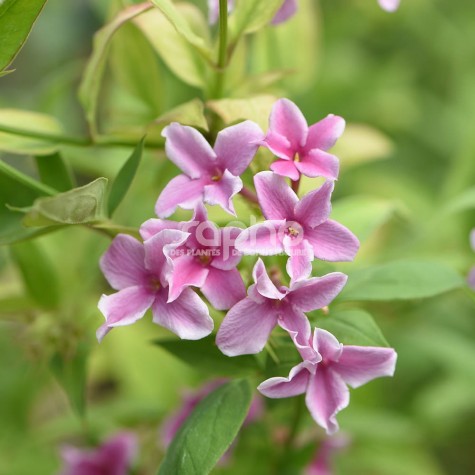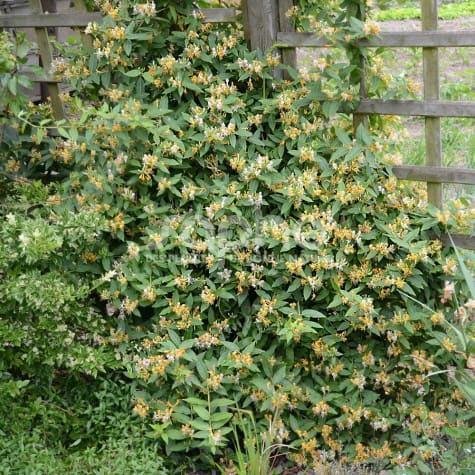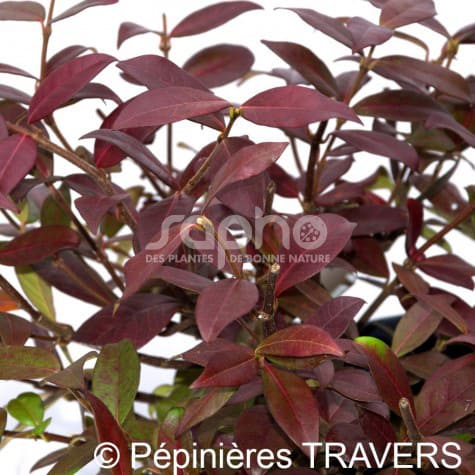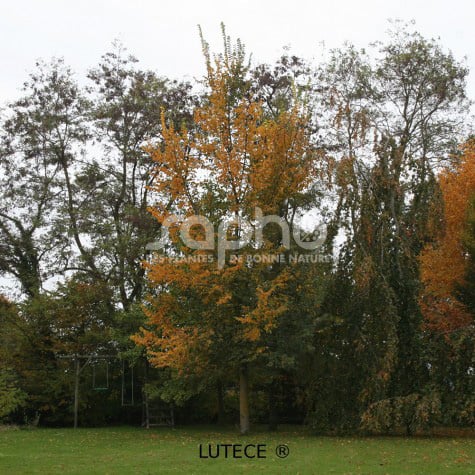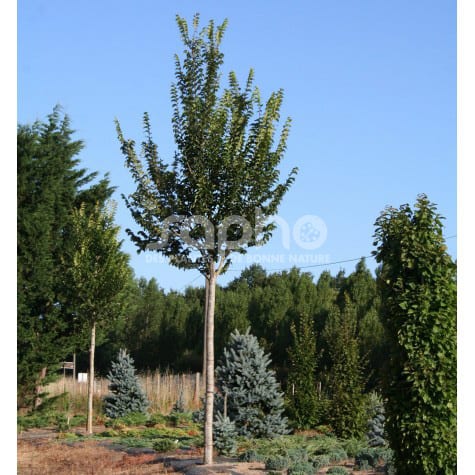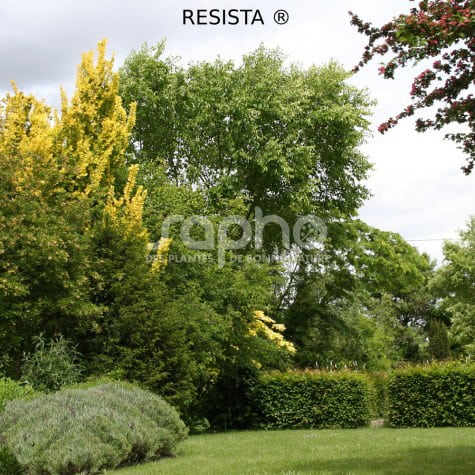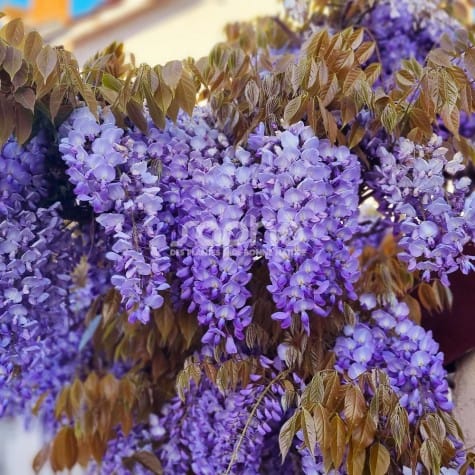A jasmine with a powerful fragrance and long, generous blooms!
This variety of jasmine is the result of hybridization between jasmine polyanthum and jasmine officinalis.
It blooms abundantly from May until August, with pink buds giving way to large, exquisitely scented white flowers.
This jasmine can be used in the open ground, with a support or on a trellis, or in a large container on a terrace or balcony.
Filter By
Position
Where to find Sapho plants ?
For young plants
You will find the names of Sapho-licensed nurserymen at the bottom of each variety sheet.
For available plants
Please ask your nursery suppliers.
Each licensed propagator is free to market his young plants to all his customers.
Categories
Menu
All our varieties
At last, a frost-resistant summer jasmine with large, fragrant pink flowers!
The pretty, abundant flowers of this variety are bicolored: deep pink edged with white, with a sweet fragrance.
This plant is robust and fast-growing.
It is ideal for planting in the ground, on a trellis or in a large container on a terrace or balcony.
Ever, always: dense foliage even in winter, fragrant flowers in summer, bluish fuits in autumn.This variety of climbing honeysuckle of our CAPRILIA ® range is a hybrid between Lonicera henryi and Lonicera japonica 'Aureoreticulata'.CAPRILIA ® Ever is hardy and shows good persistence in winter.This selection shows a lesser development than its parent plant Lonicera henryi.The plant flowers well in May - June, presents clusters of small flowers which stand out well against the foliage. Light violet to pink as buds and in bloom, the flowers then turn yellow orange before wilting. They are fragrant, unkike Lonicera henryi. Some second flowering is noticeable in September.Dark blue fruits appear at the end of summer and persist for a long time.The narrow, mid-green foliage resists well to blackspot, mildew and aphids.To be trained.
Perfumed flowers in summer and a superb coral-red foliage in winter
In winter its stems and foliage acquire a pronounced, beautiful and decorative coral-red all through the height of the plant.In addition to its winter colours, Trachelospermum jasminoides Winter Ruby® has other advantages over typical jasmines. Its elegant foliage is livelier and brighter. It resists frost better (as low as -17°C), is more persistent and retains its leaves better which don't dry out in winter.Its generous white flowers bloom slightly earlier (between May and July in full sun, from June to September where it's partly shaded) and are all just as perfumed. It doesn't grow as tall (2 to 3 m) as typical jasmines (up to 5 m or more).For its compact form, its natural branching and abundant flowering, Winter Ruby® is an ideal variety for growing in pots with supports of 40 cm to 1.5 m.
Resistant to the Dutch elm disease, our towns and countryside have found the elm again.
Tested by INRAE, this hybrid is the result of cross fertilization of six French varieties, plus an English and a Chinese one. It is resistant to the Dutch elm disease.Its bark is smooth. The leaves are quite similar to the common elm tree: asymmetrically toothed, with a rough underside. The deep green foliage is dense. In the autumn it has a beautiful golden yellow tint.In March, before the leaves, grow discreet flowers in the shape of little red globules without petals.Its slender trunk gives LUTECE® a perfect aptitude for a high-stem training, better than Ulmus RESISTA® 'Sapporo Gold'; growing naturally its habit is regular and homogeneous. It also makes a very good shrub. It is fast growing.Perfectly adapted to landscape hedges, this cultivation is equally interesting planted in groups on an embankment for example, but also as individual tree or grown in line if it has been grown as a full standard.The name of LUTÈCE® was given to it in recognition of the help provided by Parks and Gardens Department of the city of Paris for having taken care of a field of experimentation in the Vincennes Park.
Excellent alignement tree resistant to Dutch Elm Disease.
Selected, tested and compared by INRAE, notably in a plantation in the Vincennes forest in Paris since 1983, this elm selection shows a good resistance to Dutch Elm Disease, and this without suffering damage through other agents, such as insects, pathogenes fungi or summer drought.The strong green foliage honeycombed, toothed and well veined is similar to the indigenous European elms.It is of upright growth, slimmer and higher than LUTECE®.VADA® has all the qualities of an excellent alignment tree, or planted individually.
For a country style hedge resistant to Dutch Elm Disease.
Natural hybrid between Ulmus pumilla and Ulmus davidiana var japonica, first discovered in the Sapporo Botanical Gardens, RESISTA® has undergone many tests by INRAE and the Service for the Protection of Plants. It has revealed to be resistant to the Dutch Elm Disease, which has ravaged the elms in our towns and countryside.
A very vigorous tree, it can reach 20 m high and 6 m wide in good growing conditions. It is slightly smaller than our traditional elms.
Its light green foliage turns golden yellow in autumn.
The first elm to be resistant to Dutch Elm Disease, it goes well in country style hedges without resembling the Ulmus glabra.
Intense charm and fragrance, with superb coppery spring foliageThis variety of Chinese wisteria is original for its young coppery foliage, which turns bright green in spring.In spring, it offers large, fragrant, violet-blue inflorescences contrasting with the colors of the foliage. A flush of flowers also appears in summer.Use along a wall or pergola.


